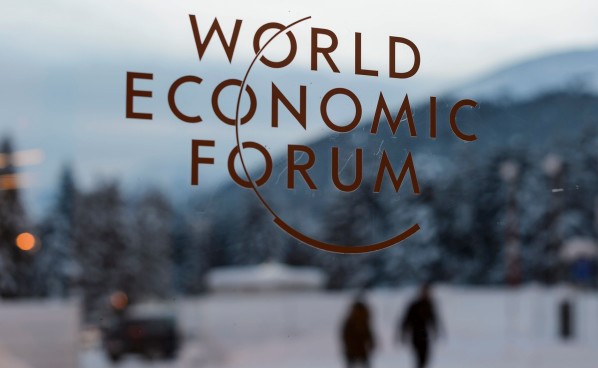WEF 2016: Technology is like Force, depends how you use it, says Anand

DAVOS: Invoking the famous Star Wars series, top industrialist Anand Mahindra today said technology is like the Force and everything depends on how we use it, as business leaders from across the world began debating here the challenges and benefits from the Fourth Industrial Revolution. Economictimes
Speaking at the first official session of the World Economic Forum’s five-day annual meet, on Tuesday, Microsoft CEO Satya Nadella also said the world cannot afford another digital divide and the key question was how to ensure that the fourth industrial revolution leads to digital dividends.
Participating at a session on the ‘Transformation of Tomorrow’ alongside Mahindra, Nadella said, “We cannot afford another digital divide. Key question is about how the benefits from the fourth industrial revolution will be spread.
“The fourth industrial revolution is digital dividend or digital divide?”
On the other hand, the Mahindra group chief said real opportunities to make change are when you do well and do good at the same time.
“In India, 65 per cent of the population are in villages. Now you can put 3D printers in villages… I know we can create artificial intelligence but can we create artificial empathy. How do we programme not artificial intelligence, but artificial empathy?
“Technology is like the Force and depends on how we use. Question is do we want Jedis or Sith,” he said. Sith are the arch enemies of the quasi-religious Jedis in the famous Star Wars series.
At the same session, Facebook COO Sheryl Sandberg pitched for ending gender disparity.
“Men still rule the world and I am not sure it is going that well. When it comes to making decisions that impact our world, women are not at these tables where decisions are made,” she noted.
The theme of the WEF meeting this year is ‘Mastering the Fourth Industrial Revolution’ and Nadella is one of the co-chairs.
Leaders at another WEF session said that over the next 30 years, two-thirds of all new energy supply would come from renewable energy sources.
The next energy transformation requires not just more renewables, but to fully integrate them into the energy system, they added.
Clean energy now accounts for more than half of all new energy supply, International Energy Agency’s Executive Director Fatih Birol said.
The bulk of new installations, more than two-thirds, come from emerging countries, he added.
“To meet climate change and growth targets, around 40 per cent of future energy supply must come from zero-emission technologies,” he noted.
Hitachi CEO Hiroaki Nakanishi, another co-chair, said the challenge has moved from having more renewable energy to having better energy systems.
“There are distributional challenges that come with the distance between generation sites of wind and solar energy and the load centres.
“A more systematic approach is required to integrate renewable energy sources into an overall smart grid,” he stressed.
Spanish firm Iberdrola CEO Sanchez Galan said more renewable energy means more investments in electric grids to manage loads and demands. Over the next 25 years, energy demand will increase by more than 80 per cent globally.
“As such, huge investments are required across all energy technologies as well as electric grids and distribution systems. There is no silver-bullet solution,” he said.
China would play a leading role in this transformation towards green and renewable energy, China’s Shunfeng International Clean Energy CEO Eric Xin Luo said. “The country has set an ambitious target that 25 per cent of all energy production comes from renewable sources,” he said.
In the meantime, China is already a leading exporter of clean energy technology, for instance, more than 60 per cent of the world’s solar panels are manufactured in the country, he added.









0 Comments